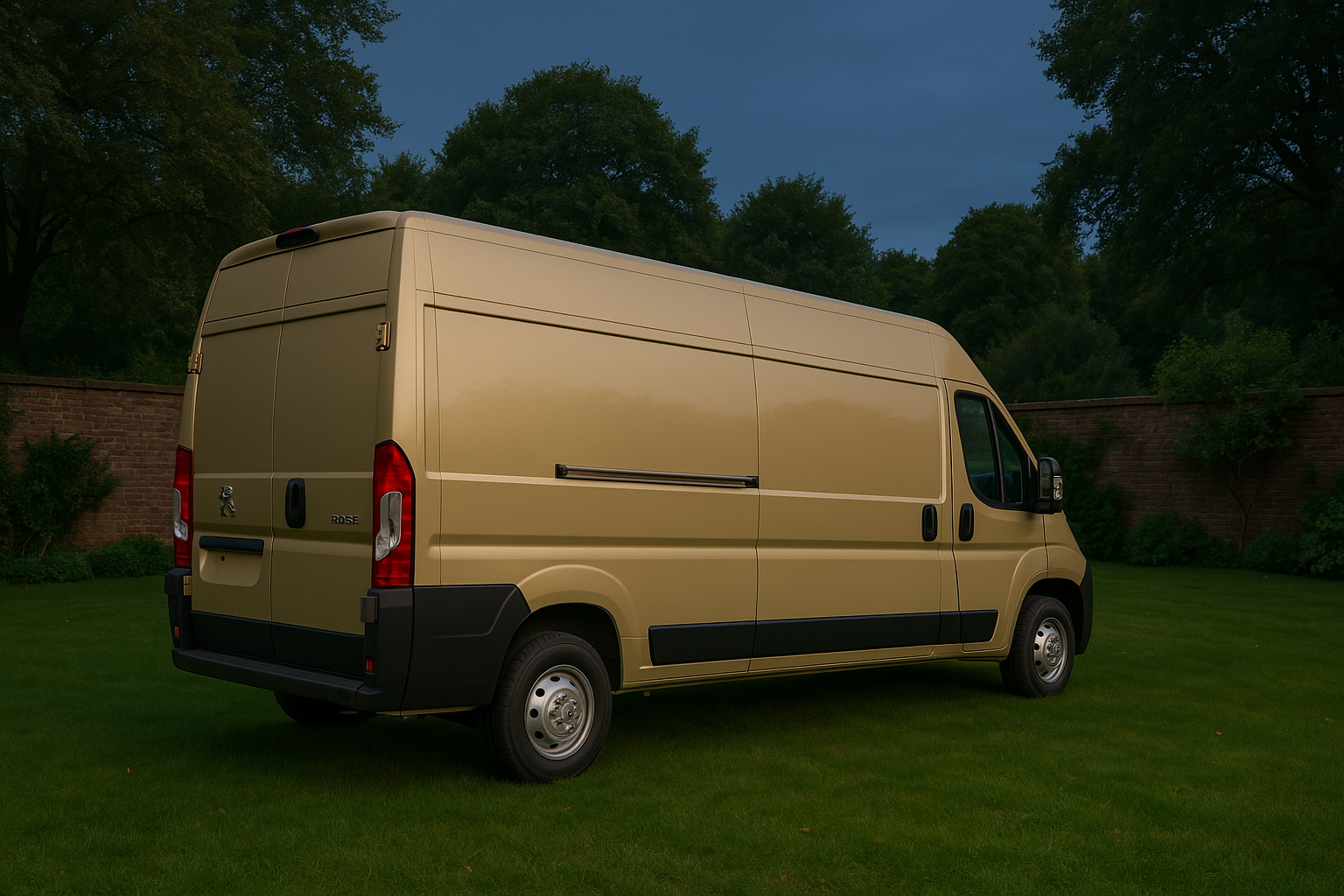The Peugeot Boxer: A Versatile Commercial Van with Decades of Service
The Peugeot Boxer is a large panel van designed primarily for commercial use, first introduced in 1994 through a joint venture between PSA Group and Fiat. Built alongside the Citroën Jumper and Fiat Ducato, the Boxer has maintained a strong presence across European markets due to its durability, versatility, and broad range of configurations. Over its lifespan, the vehicle has undergone several design and performance enhancements to meet the needs of various industries. Its adaptability has earned it a reputation as a reliable solution for tradespeople, delivery services, and fleet operators.
The vehicle was initially developed to succeed the Peugeot J5, offering improvements in space, efficiency, and driving comfort. Its front-wheel-drive architecture and aerodynamic design were unusual at the time for a van of its size and helped improve fuel economy. The Boxer featured large cargo capacities, sliding side doors, and low load floors, features which made it suitable for everything from parcel delivery to mobile workshops. Its partnership design meant that many components were shared with the Fiat Ducato and Citroën models, reducing development costs and ensuring part availability across borders.
Significant Design Updates and Increased Payload Capabilities
In 2006, Peugeot launched the second generation of the Boxer, introducing a refreshed exterior and a more refined interior aimed at improving driver ergonomics. The new model retained the practical features of its predecessor but introduced a more robust chassis and greater payload options. Operators could now choose between various lengths and roof heights, providing flexibility for industries such as construction, emergency services, and transport logistics. The gross vehicle weight ratings (GVWR) were expanded to accommodate loads of up to 4.0 tonnes.
These upgrades allowed businesses to transport more equipment and cargo without compromising on safety or performance. The driving experience was also improved with enhanced sound insulation and adjustable seating for long-haul comfort. Peugeot included better safety equipment as standard, such as electronic stability control and anti-lock brakes, in line with growing regulatory requirements. The range of trims and specifications also allowed fleet managers to balance cost against features depending on specific operational needs.
Engine Evolution and Compliance with European Emissions Standards
Engine technology in the Peugeot Boxer has evolved steadily to align with stringent European emissions standards. Originally equipped with 2.2-liter and 3.0-liter diesel engines, the lineup transitioned to more efficient and cleaner BlueHDi units in 2016. These engines were designed to meet Euro 6 requirements and offered improved fuel economy while reducing nitrogen oxide emissions. Fuel-saving technologies like stop-start systems became standard features in many models.
The 2019 update introduced a revised series of 2.2-liter BlueHDi diesel engines available in multiple power outputs. These engines met Euro 6d-TEMP regulations and were optimized for urban and long-distance use alike. Their performance and reliability have made them a preferred choice for commercial operators who depend on consistent operation and lower maintenance costs. Additionally, Peugeot has ensured that these engines remain compatible with biofuels, supporting sustainability goals across various transport sectors.
Peugeot e-Boxer and the Shift Toward Electrification
In response to growing demand for environmentally responsible transport, Peugeot released the e-Boxer, a fully electric version of the van. The e-Boxer retains the layout and load capacity of the diesel-powered variants but replaces the internal combustion engine with a 90 kW electric motor. Operators can choose from two battery options—37 kWh or 70 kWh—depending on their daily driving range requirements. This electric alternative is designed for businesses operating in urban areas and low-emission zones.
Charging infrastructure has been taken into account, with compatibility for both AC and DC fast charging. This ensures minimal downtime during work hours and provides operational flexibility for delivery routes. The e-Boxer also comes with regenerative braking technology, which improves efficiency and extends range. While electric vans are still a developing market segment, the e-Boxer has allowed Peugeot to stay ahead of environmental regulations and shifting market preferences.
Interior Comfort and Onboard Technology for Modern Operators
The Boxer's cabin has been designed to prioritize both functionality and driver comfort. High-mounted seating, wide visibility, and logically arranged controls make daily use intuitive and less fatiguing. The dashboard includes multiple storage compartments and mounting points for devices such as tablets and GPS units, which are often used by modern operators. Peugeot has also integrated infotainment features such as touchscreen systems and Bluetooth connectivity to help drivers stay connected and informed.
Climate control, cruise control, and adjustable seats are available on higher trims, offering additional convenience for long-distance drivers. Recent models feature safety systems like lane departure warning, speed limiter, and rear parking sensors. These tools not only increase driver confidence but also help reduce the likelihood of accidents, minimizing vehicle downtime. This combination of comfort and safety features has made the Boxer a practical choice for companies investing in driver satisfaction and safety.
Conversion Options for Specialized Applications
One of the Peugeot Boxer's strongest advantages is its adaptability to custom conversions. The van is available as a panel van, chassis cab, crew cab, or window van, making it suitable for a wide variety of roles. Peugeot offers factory-approved conversions for campervans, refrigerated transport, mobile workshops, and even ambulances. These specialized configurations meet rigorous industry standards and ensure that the base vehicle maintains warranty coverage and safety compliance.
Peugeot's “Built for Business” program highlights these customized solutions and enables buyers to select pre-configured conversions directly from dealerships. The program saves time and simplifies procurement for fleet managers and business owners. In the campervan market, the Boxer is favored for its spacious interior, flat floor, and tall roof options. These features provide ample living space while still offering maneuverability and road efficiency.

